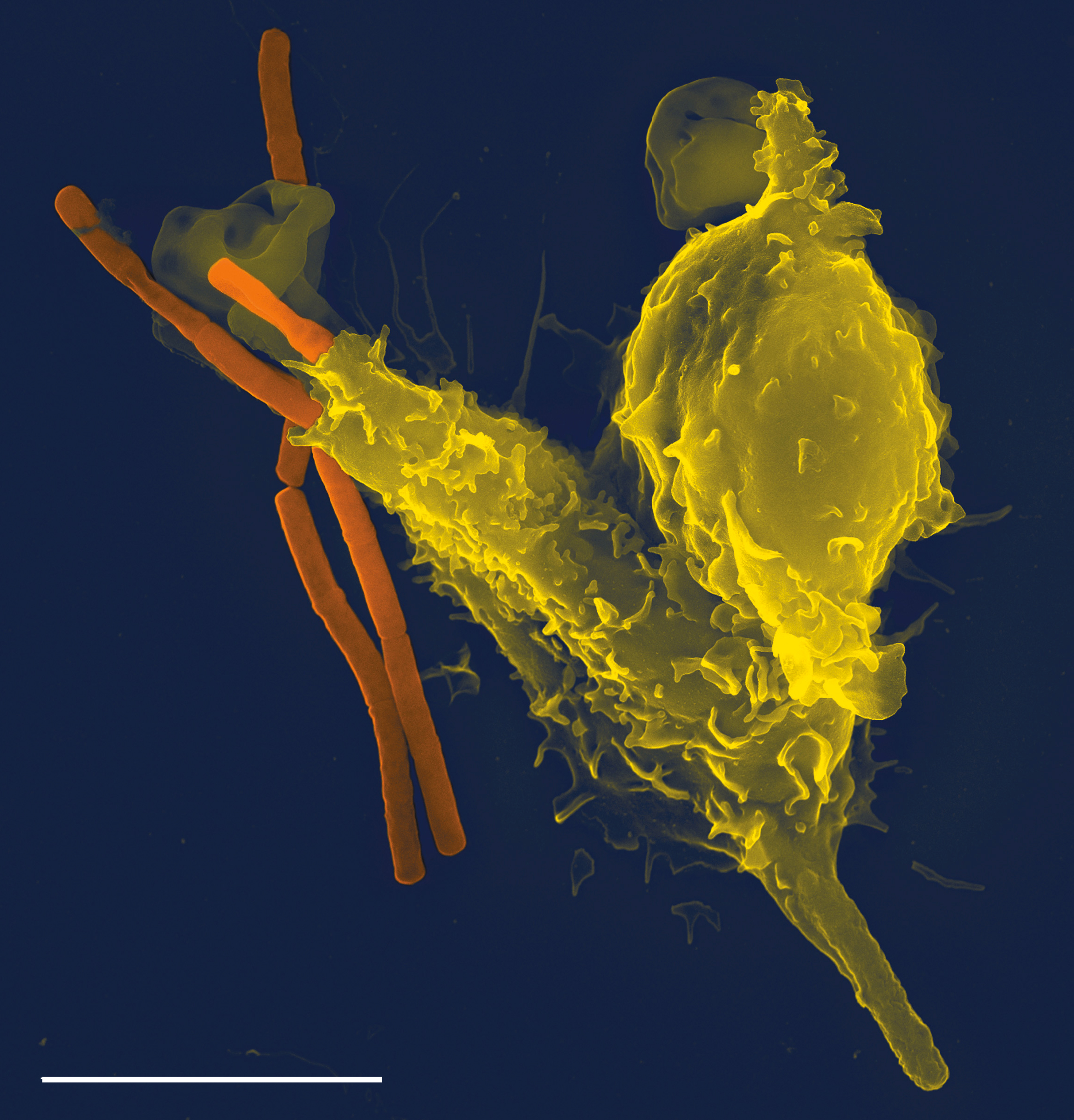|
Shanghai Pharmaceuticals
Shanghai Pharmaceuticals (Chinese: 上海医药, also referred as Shanghai Pharma) is a Chinese pharmaceutical company. The organization develops and distributes pharmaceutical products and operates in domestic and international markets. Shanghai Pharma is the largest pharmaceutical and the first A+H listed company in China to be dual-listed by Shanghai and Hong Kong Stock Exchanges. As of year 2020, the company made its presence to the Global Fortune 500 list with the ranking of 473, overall and 124 among 21 other Chinese companies on the list. Shanghai Pharmaceuticals was founded in 1994 and is headquartered in Shanghai. As an investment holding company, it is actively engaged in research, manufacturing and distribution of pharmaceutical and healthcare products in China, that develops and distributes traditional Chinese and chemical drugs, chemical, biochemical and healthcare goods that are applied in various therapeutic fields, including immunoregulation and anti-cancer, ... [...More Info...] [...Related Items...] OR: [Wikipedia] [Google] [Baidu] |
Listed Company
A public company is a company whose ownership is organized via shares of stock which are intended to be freely traded on a stock exchange or in over-the-counter markets. A public (publicly traded) company can be listed on a stock exchange (listed company), which facilitates the trade of shares, or not (unlisted public company). In some jurisdictions, public companies over a certain size must be listed on an exchange. In most cases, public companies are ''private'' enterprises in the ''private'' sector, and "public" emphasizes their reporting and trading on the public markets. Public companies are formed within the legal systems of particular states, and therefore have associations and formal designations which are distinct and separate in the polity in which they reside. In the United States, for example, a public company is usually a type of corporation (though a corporation need not be a public company), in the United Kingdom it is usually a public limited company (plc), in Fr ... [...More Info...] [...Related Items...] OR: [Wikipedia] [Google] [Baidu] |
Pharmaceutical Product
A drug is any chemical substance that causes a change in an organism's physiology or psychology when consumed. Drugs are typically distinguished from food and substances that provide nutritional support. Consumption of drugs can be via inhalation, injection, smoking, ingestion, absorption via a patch on the skin, suppository, or dissolution under the tongue. In pharmacology, a drug is a chemical substance, typically of known structure, which, when administered to a living organism, produces a biological effect. A pharmaceutical drug, also called a medication or medicine, is a chemical substance used to treat, cure, prevent, or diagnose a disease or to promote well-being. Traditionally drugs were obtained through extraction from medicinal plants, but more recently also by organic synthesis. Pharmaceutical drugs may be used for a limited duration, or on a regular basis for chronic disorders. Pharmaceutical drugs are often classified into drug classes—groups of related dru ... [...More Info...] [...Related Items...] OR: [Wikipedia] [Google] [Baidu] |
Research And Development
Research and development (R&D or R+D), known in Europe as research and technological development (RTD), is the set of innovative activities undertaken by corporations or governments in developing new services or products, and improving existing ones. Research and development constitutes the first stage of development of a potential new service or the production process. R&D activities differ from institution to institution, with two primary models of an R&D department either staffed by engineers and tasked with directly developing new products, or staffed with industrial scientists and tasked with applied research in scientific or technological fields, which may facilitate future product development. R&D differs from the vast majority of corporate activities in that it is not intended to yield immediate profit, and generally carries greater risk and an uncertain return on investment. However R&D is crucial for acquiring larger shares of the market through the marketisation ... [...More Info...] [...Related Items...] OR: [Wikipedia] [Google] [Baidu] |
United States
The United States of America (U.S.A. or USA), commonly known as the United States (U.S. or US) or America, is a country primarily located in North America. It consists of 50 U.S. state, states, a Washington, D.C., federal district, five major unincorporated territories, nine United States Minor Outlying Islands, Minor Outlying Islands, and 326 Indian reservations. The United States is also in Compact of Free Association, free association with three Oceania, Pacific Island Sovereign state, sovereign states: the Federated States of Micronesia, the Marshall Islands, and the Palau, Republic of Palau. It is the world's List of countries and dependencies by area, third-largest country by both land and total area. It shares land borders Canada–United States border, with Canada to its north and Mexico–United States border, with Mexico to its south and has maritime borders with the Bahamas, Cuba, Russia, and other nations. With a population of over 333 million, it is the List of ... [...More Info...] [...Related Items...] OR: [Wikipedia] [Google] [Baidu] |
Pharmaceutical Marketing
Many countries have measures in place to limit advertising by pharmaceutical companies. Pharmaceutical company spending on marketing generally exceeds that of its research budget. In Canada, $1.7 billion was spent in 2004 to market drugs to physicians; in the United States, $21 billion was spent in 2002. In 2005, money spent on pharmaceutical marketing in the United States was estimated at $29.9 billion with one estimate as high as $57 billion. When the U.S. numbers are broken down, 56% was free samples, 25% was pharmaceutical sales representative "detailing" (promoting drugs directly to) physicians, 12.5% was direct to user advertising, 4% on detailing to hospitals, and 2% on journal ads. There is some evidence that marketing practices can negatively affect both patients and the health care profession. To health care providers Marketing to health-care providers takes three main forms: activity by pharmaceutical sales representatives, provision of drug samples, and sponsoring ... [...More Info...] [...Related Items...] OR: [Wikipedia] [Google] [Baidu] |
Cardinal Health
Cardinal Health, Inc. is an American multinational health care services company, and the 14th highest revenue generating company in the United States. Its headquarters are in Dublin, Ohio and Dublin, Ireland (EMEA). The company specializes in the distribution of pharmaceuticals and medical products, serving more than 100,000 locations. The company also manufactures medical and surgical products, including gloves, surgical apparel, and fluid management products. In addition, it operates one of the largest networks of radiopharmacies in the U.S. Cardinal Health provides medical products to over 75 percent of hospitals in the United States. History Founded in 1971 as Cardinal Foods by Robert D. Walter, the company was initially a food wholesaler. After acquiring the Bailey Drug Company in 1979, it began whole selling drugs. The company went public on the NASDAQ stock exchange in 1983. In 1988, Walter sold Cardinal Health's food operations to Roundy's. From 1991 to 1996, the com ... [...More Info...] [...Related Items...] OR: [Wikipedia] [Google] [Baidu] |
Warehousing
A warehouse is a building for storing goods. Warehouses are used by manufacturers, importers, exporters, wholesalers, transport businesses, customs, etc. They are usually large plain buildings in industrial parks on the outskirts of cities, towns, or villages. Warehouses usually have loading docks to load and unload goods from trucks. Sometimes warehouses are designed for the loading and unloading of goods directly from railways, airports, or seaports. They often have cranes and forklifts for moving goods, which are usually placed on ISO standard pallets and then loaded into pallet racks. Stored goods can include any raw materials, packing materials, spare parts, components, or finished goods associated with agriculture, manufacturing, and production. In India and Hong Kong, a warehouse may be referred to as a "godown". There are also godowns in the Shanghai Bund. History Prehistory and ancient history A warehouse can be defined functionally as a building in which to s ... [...More Info...] [...Related Items...] OR: [Wikipedia] [Google] [Baidu] |
Logistics
Logistics is generally the detailed organization and implementation of a complex operation. In a general business sense, logistics manages the flow of goods between the point of origin and the point of consumption to meet the requirements of customers or corporations. The resources managed in logistics may include tangible goods such as materials, equipment, and supplies, as well as food and other consumable items. In military science, logistics is concerned with maintaining army supply lines while disrupting those of the enemy, since an armed force without resources and transportation is defenseless. Military logistics was already practiced in the ancient world and as the modern military has a significant need for logistics solutions, advanced implementations have been developed. In military logistics, logistics officers manage how and when to move resources to the places they are needed. Logistics management is the part of supply chain management and supply chain enginee ... [...More Info...] [...Related Items...] OR: [Wikipedia] [Google] [Baidu] |
Nervous System
In Biology, biology, the nervous system is the Complex system, highly complex part of an animal that coordinates its Behavior, actions and Sense, sensory information by transmitting action potential, signals to and from different parts of its body. The nervous system detects environmental changes that impact the body, then works in tandem with the endocrine system to respond to such events. Nervous tissue first arose in Ediacara biota, wormlike organisms about 550 to 600 million years ago. In vertebrates it consists of two main parts, the central nervous system (CNS) and the peripheral nervous system (PNS). The CNS consists of the brain and spinal cord. The PNS consists mainly of nerves, which are enclosed bundles of the long fibers or axons, that connect the CNS to every other part of the body. Nerves that transmit signals from the brain are called motor nerves or ''Efferent nerve fiber, efferent'' nerves, while those nerves that transmit information from the body to the CNS a ... [...More Info...] [...Related Items...] OR: [Wikipedia] [Google] [Baidu] |
Cardiovascular
The blood circulatory system is a system of organs that includes the heart, blood vessels, and blood which is circulated throughout the entire body of a human or other vertebrate. It includes the cardiovascular system, or vascular system, that consists of the heart and blood vessels (from Greek ''kardia'' meaning ''heart'', and from Latin ''vascula'' meaning ''vessels''). The circulatory system has two divisions, a systemic circulation or circuit, and a pulmonary circulation or circuit. Some sources use the terms ''cardiovascular system'' and ''vascular system'' interchangeably with the ''circulatory system''. The network of blood vessels are the great vessels of the heart including large elastic arteries, and large veins; other arteries, smaller arterioles, capillaries that join with venules (small veins), and other veins. The circulatory system is closed in vertebrates, which means that the blood never leaves the network of blood vessels. Some invertebrates such as ar ... [...More Info...] [...Related Items...] OR: [Wikipedia] [Google] [Baidu] |
Digestion
Digestion is the breakdown of large insoluble food molecules into small water-soluble food molecules so that they can be absorbed into the watery blood plasma. In certain organisms, these smaller substances are absorbed through the small intestine into the blood stream. Digestion is a form of catabolism that is often divided into two processes based on how food is broken down: mechanical and chemical digestion. The term mechanical digestion refers to the physical breakdown of large pieces of food into smaller pieces which can subsequently be accessed by digestive enzymes. Mechanical digestion takes place in the mouth through mastication and in the small intestine through segmentation contractions. In chemical digestion, enzymes break down food into the small molecules the body can use. In the human digestive system, food enters the mouth and mechanical digestion of the food starts by the action of mastication (chewing), a form of mechanical digestion, and the wetting contact o ... [...More Info...] [...Related Items...] OR: [Wikipedia] [Google] [Baidu] |
Immune System
The immune system is a network of biological processes that protects an organism from diseases. It detects and responds to a wide variety of pathogens, from viruses to parasitic worms, as well as Tumor immunology, cancer cells and objects such as wood splinters, distinguishing them from the organism's own healthy biological tissue, tissue. Many species have two major subsystems of the immune system. The innate immune system provides a preconfigured response to broad groups of situations and stimuli. The adaptive immune system provides a tailored response to each stimulus by learning to recognize molecules it has previously encountered. Both use humoral immunity, molecules and cell-mediated immunity, cells to perform their functions. Nearly all organisms have some kind of immune system. Bacteria have a rudimentary immune system in the form of enzymes that protect against bacteriophage, virus infections. Other basic immune mechanisms evolved in ancient eukaryote, plants and animal ... [...More Info...] [...Related Items...] OR: [Wikipedia] [Google] [Baidu] |






